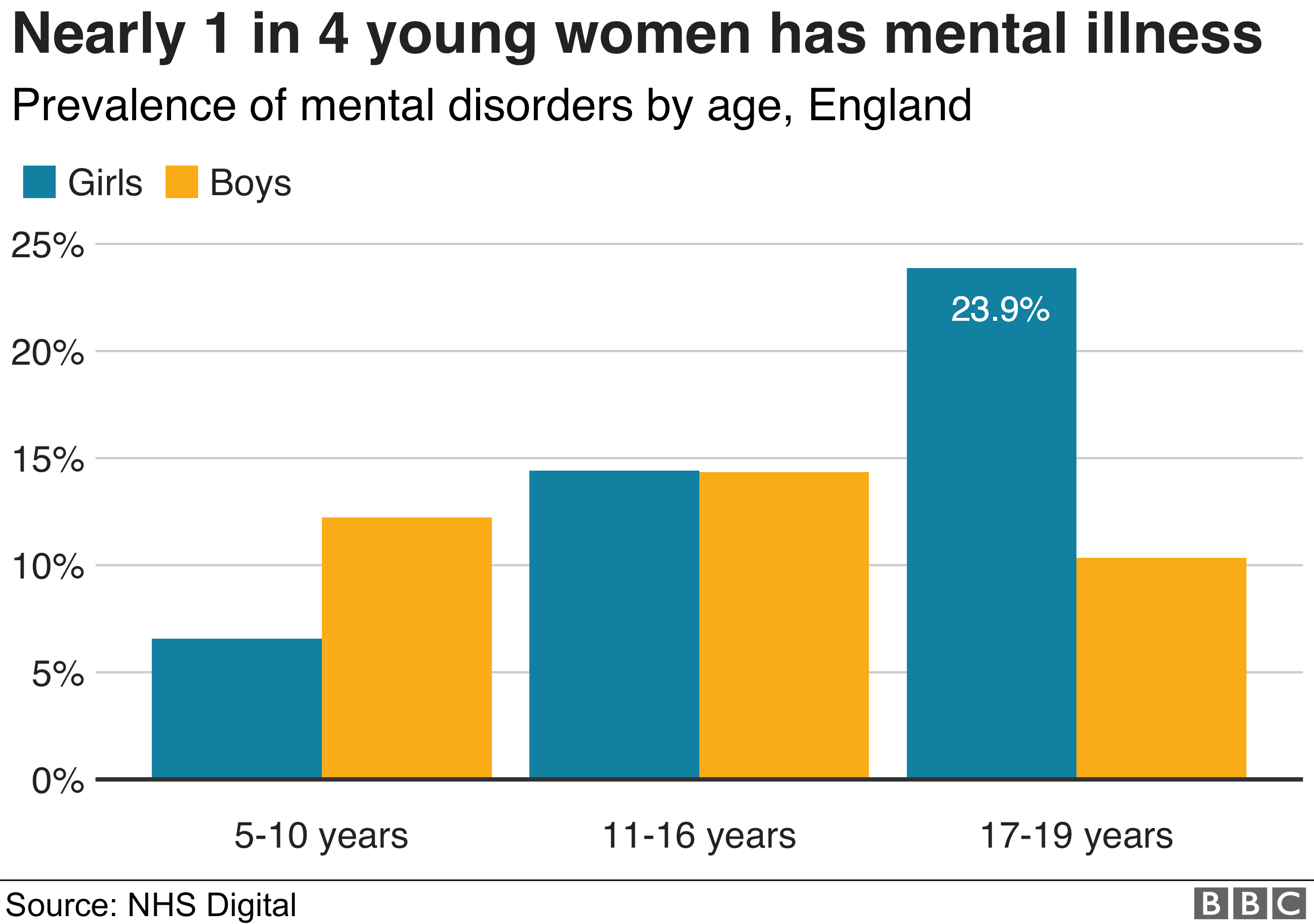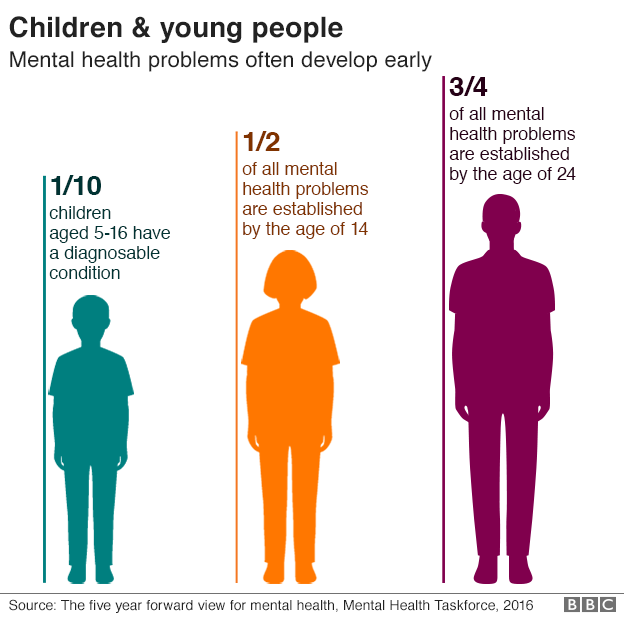The most common mental illnesses are anxiety and depression

The Most Common Mental Illnesses: Anxiety and Depression

Mental illnesses have become increasingly prevalent in today’s society, affecting people of all ages, genders, and backgrounds. Among the numerous mental health disorders, anxiety and depression are the most common. According to the Anxiety and Depression Association of America (ADAA), these conditions significantly impact the lives of millions of individuals globally.
Anxiety disorders encompass a range of conditions, including generalized anxiety disorder (GAD), panic disorder, social anxiety disorder, and specific phobias. These disorders involve excessive fear, worry, and apprehension that can interfere with daily life. It is estimated that approximately 40 million adults in the United States alone, representing 18.1% of the population, experience anxiety disorders each year.

On the other hand, depression is marked by persistent feelings of sadness, loss of interest or pleasure, changes in appetite, sleep disturbances, fatigue, and other emotional, cognitive, and physical symptoms. It is a common mental health disorder that affects people of all ages, from children to the elderly. In the United States, it is estimated that over 17 million adults experienced at least one major depressive episode in the past year, and 3.1 million adolescents aged 12 to 17 experienced at least one depressive episode.
The link between anxiety and depression is intimately intertwined, as these two conditions often coexist. Many individuals with anxiety disorders also experience symptoms of depression, and vice versa. The ADAA reports that approximately 50% of those diagnosed with depression are also diagnosed with an anxiety disorder. This comorbidity can result in a more severe and chronic course of illness, making it crucial for proper diagnosis, treatment, and support.
Various factors contribute to the development of anxiety and depression, including genetics, brain chemistry, personality traits, and life experiences. While a certain level of anxiety and sadness is a normal part of life, when these emotions become persistent and interfere with daily functioning, professional help should be sought. Early detection and intervention can significantly improve outcomes and quality of life for individuals suffering from anxiety and depression.
Treatment for anxiety and depression typically includes a combination of therapy, medication, and lifestyle changes. Cognitive-behavioral therapy (CBT) is widely used and has proven to be effective in helping patients manage their symptoms and develop coping strategies. Medications such as selective serotonin reuptake inhibitors (SSRIs) are commonly prescribed to balance brain chemicals associated with these conditions.
Raising awareness about anxiety and depression is crucial for combating the stigma surrounding mental health and encouraging individuals to seek help. By learning about these common mental illnesses, we can foster a supportive environment and promote early intervention. If you or someone you know is struggling with anxiety or depression, reaching out to mental health professionals and support networks can provide the guidance and assistance needed to navigate these challenges successfully.
Source: ADAA - Facts & Statistics
Share
Related Posts
Quick Links
Legal Stuff

